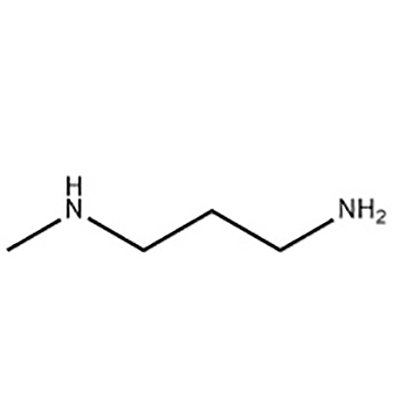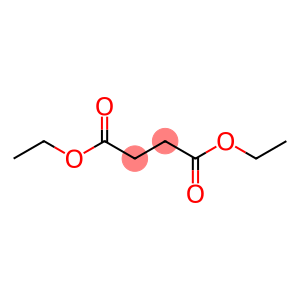3-(Methylthio) propionaldehyde(CAS#3268-49-3)
| Risk Codes | R20/22 – Harmful by inhalation and if swallowed. R34 – Causes burns R36/37/38 – Irritating to eyes, respiratory system and skin. R20 – Harmful by inhalation R52/53 – Harmful to aquatic organisms, may cause long-term adverse effects in the aquatic environment. R43 – May cause sensitization by skin contact R41 – Risk of serious damage to eyes R38 – Irritating to the skin R20/21/22 – Harmful by inhalation, in contact with skin and if swallowed. |
| Safety Description | S26 – In case of contact with eyes, rinse immediately with plenty of water and seek medical advice. S36/37/39 – Wear suitable protective clothing, gloves and eye/face protection. S45 – In case of accident or if you feel unwell, seek medical advice immediately (show the label whenever possible.) S37/39 – Wear suitable gloves and eye/face protection |
| UN IDs | UN 2785 6.1/PG 3 |
| WGK Germany | 1 |
| RTECS | UE2285000 |
| FLUKA BRAND F CODES | 10-13-23 |
| TSCA | Yes |
| HS Code | 29309070 |
| Hazard Class | 6.1(b) |
| Packing Group | III |
Introduction
3-(methylthio)propionaldehyde is an organic compound,
Quality:
- Appearance: 3-(methylthio)propionaldehyde is a colorless to pale yellow liquid.
- Odor: has a pungent and pungent smell of sulfur.
- Solubility: Soluble in water and organic solvents.
Use:
- 3-(methylthio)propionaldehyde is mainly used as an important reagent in organic synthesis.
Method:
- 3-(methylthio)propionaldehyde can be prepared by a range of synthesis methods. For example, it can be obtained by malonitrile by reacting with hydrogen sulfide and then by thionylation chloride. Some other methods include the use of thionyl chloride and sodium methosulfate reactions, sodium ethyl sulfate and acetic acid reactions, etc.
Safety Information:
- 3-(Methylthio)propionaldehyde is flammable at high temperatures and open flames, and toxic gases can be produced when exposed to open flames.
- It is an irritating compound that may cause irritation to the eyes, skin, and respiratory system.
- Wear appropriate protective equipment such as respirators, protective eyewear and gloves when using.
- When storing, it should be stored in a cool, ventilated place, away from fire and oxidants.
- Care should be taken to avoid contact with strong oxidants, strong acids and strong alkalis during operation to avoid dangerous reactions.








